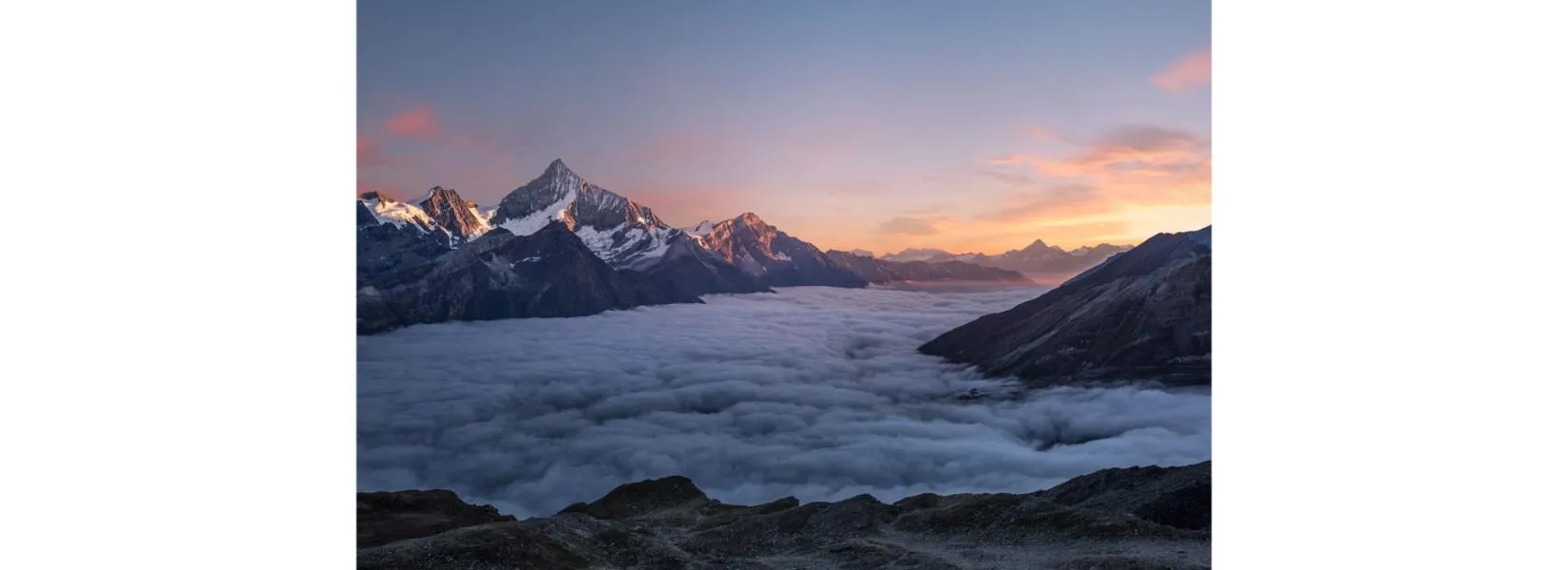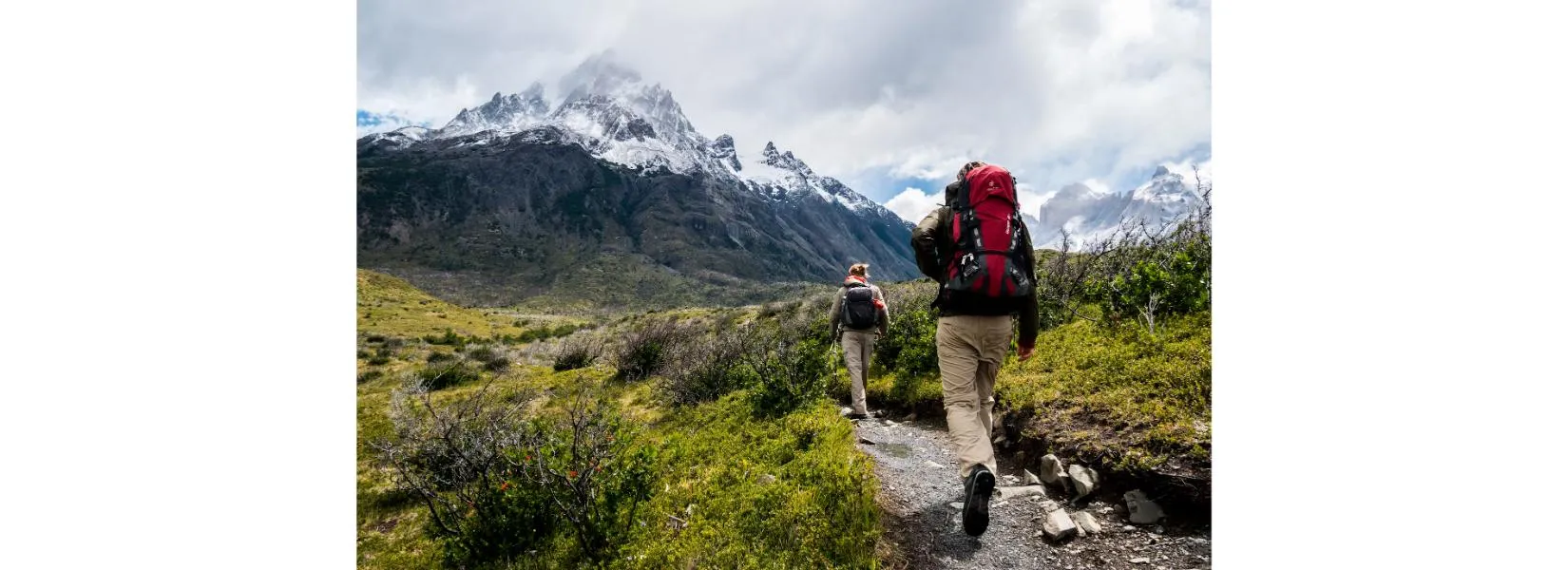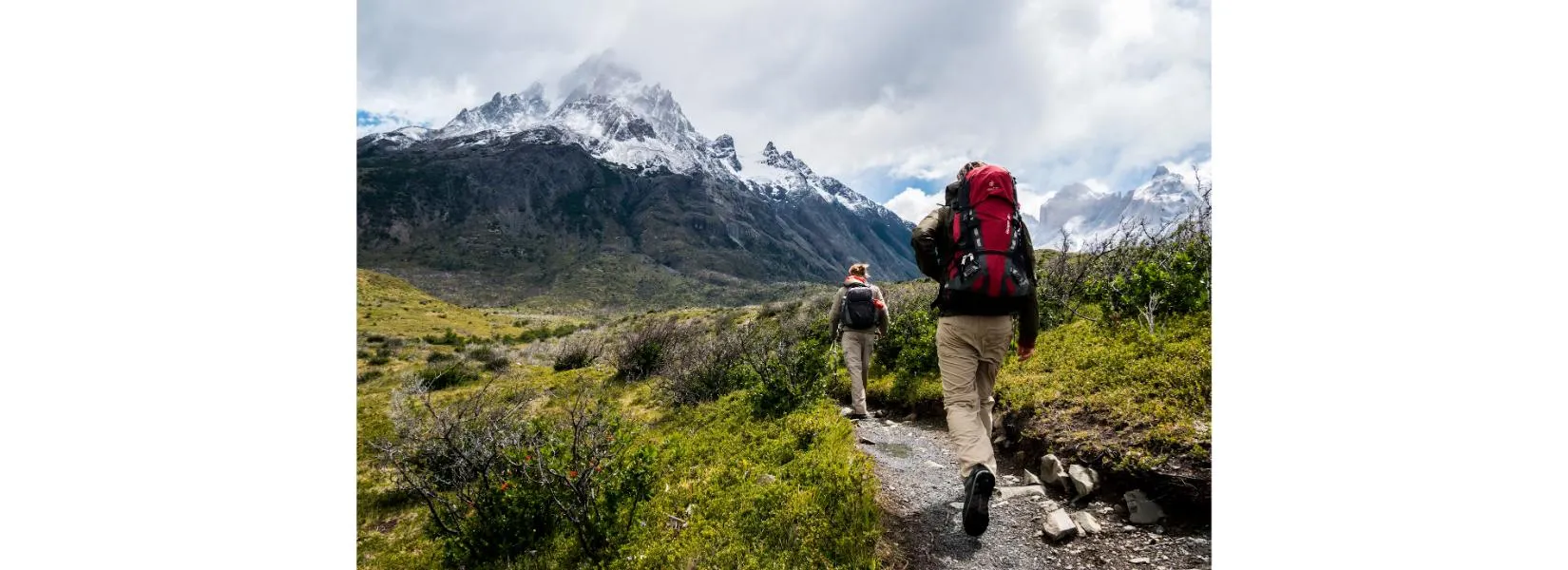As someone who's visited Zion National Park over a dozen times throughout different seasons, I've experienced everything from scorching summer heat to unexpected winter snowstorms. This comprehensive guide will help you understand Zion National Park weather patterns and plan the perfect visit based on your preferences and activities.
Understanding Zion National Park Weather Patterns
Zion National Park weather is characterized by dramatic temperature variations due to elevation changes and diverse topography. During my first visit in July, I was shocked by the 30-degree temperature difference between the canyon floor and higher elevations like Angels Landing. The park's unique geography creates microclimates that can surprise even experienced hikers.
The park sits at elevations ranging from 3,666 feet at the south entrance to over 8,700 feet at higher plateaus. This significant elevation change means that Zion National Park weather can vary dramatically within just a few miles. I've experienced morning frost at Lava Point while temperatures reached 90F in Zion Canyon the same day.
For those planning outdoor adventures, proper gear is essential. A reliable waterproof hiking backpack can make all the difference when weather conditions change unexpectedly. Many visitors to other national parks like Acadia National Park's scenic resorts find similar weather variability.
Pro Tip from Experience
Always check weather conditions for both the canyon floor and higher elevations when planning your Zion National Park visit. The 10-degree rule applies here - expect temperatures to drop about 3-5F for every 1,000 feet of elevation gain.

Weather Safety Alert
Flash flood warnings are common during monsoon season (July-September). Always check current conditions before entering slot canyons like The Narrows. Having an emergency weather radio can provide crucial updates.
Seasonal Weather Overview
Spring (March-May)
Perfect hiking weather with wildflower blooms and flowing waterfalls
Summer (June-August)
Hot and dry with intense sun, but extended daylight hours
Fall (September-November)
Ideal temperatures with stunning fall colors and fewer crowds
Winter (December-February)
Mild canyon temperatures but snow at higher elevations
My experiences across all seasons have taught me that each period offers unique advantages for different activities. Spring brings the most predictable Zion National Park weather, with comfortable temperatures ranging from 45F at night to 80F during the day. I particularly love visiting in April when desert wildflowers carpet the canyon floor and waterfalls are at their most impressive due to snowmelt.
Summer visits require serious preparation for extreme heat. I've recorded ground temperatures exceeding 120F on popular trails like the Riverside Walk in July. However, early morning starts (5:00 AM) can provide magical experiences with perfect lighting and manageable temperatures before the desert heat becomes overwhelming. Wildlife enthusiasts might also enjoy exploring Acadia's diverse wildlife during cooler seasons.
Monthly Zion National Park Weather Breakdown
January - February
Avg High: 52-57F
Avg Low: 29-31F
Mild winter weather with occasional snow at higher elevations. Perfect for photography and solitude.
March - May
Avg High: 63-83F
Avg Low: 36-52F
Ideal hiking conditions with wildflower blooms and comfortable temperatures throughout the day.
June - August
Avg High: 93-100F
Avg Low: 60-68F
Extreme heat requires early morning starts. Monsoon thunderstorms possible in July-August.
September - November
Avg High: 91-63F
Avg Low: 60-37F
Perfect weather returns with stunning fall colors and fewer crowds than spring.
December
Avg High: 53F
Avg Low: 30F
Similar to January with mild canyon temperatures and potential snow at higher elevations.
During my December visit last year, I experienced a rare snowfall in Zion Canyon that transformed the red rock landscape into a winter wonderland. While beautiful, the icy conditions made some trails treacherous, particularly the chain sections on Angels Landing. Rangers had closed the trail above Scout Lookout due to safety concerns.
The variability in Zion National Park weather means that flexible planning is essential. I always pack layers regardless of the season and check both the National Weather Service forecasts and park-specific conditions before heading out on any trail. For adventure seekers, bike rental options in other parks can provide alternative outdoor experiences during challenging weather.
Best Times to Visit Based on Activities
For Hiking Enthusiasts
April-May & September-October
Optimal temperatures for strenuous hikes like Angels Landing and Observation Point. I've completed these challenging trails multiple times during these periods with comfortable conditions throughout the day. Quality waterproof hiking boots are essential for these adventures.
The Narrows: May-October
Water temperature and flow rates are most manageable during these months. Avoid during winter when hypothermia risk increases significantly. Water activities are also popular at Acadia's kayaking spots.
For Photography
October-November
Fall colors create stunning contrasts against red rock formations. Golden hour lighting is particularly magical during these months. Don't forget a wide-brim sun hat for protection during long photo sessions.
December-February
Rare snow events create once-in-a-lifetime photography opportunities. Clear winter days offer incredible visibility and dramatic lighting.
Personal Recommendation
After visiting Zion National Park in every season, my top recommendation is late April to early May. The weather is nearly perfect, wildflowers are blooming, waterfalls are flowing strong from snowmelt, and you'll avoid both summer crowds and winter trail closures. This is when Zion National Park weather truly shines. For more outdoor inspiration, visit Wilderness Paths for additional adventure guides.
Weather-Based Packing Essentials
Spring Packing
- Layered clothing system
- Waterproof jacket for rain
- Warm layers for cool mornings
- Sturdy hiking boots
- Sun protection
Summer Packing
- Lightweight, breathable fabrics
- Wide-brimmed hat
- High SPF sunscreen
- Electrolyte supplements
- Extra water capacity
Fall Packing
- Mid-weight layers
- Light fleece or sweater
- Comfortable hiking pants
- Versatile footwear
- Camera gear for fall colors
Winter Packing
- Insulated jacket
- Waterproof outer layer
- Warm gloves and hat
- Microspikes for icy trails
- Thermal base layers

Essential Gear for All Seasons
Based on my extensive experience with Zion National Park weather conditions, these items are essential regardless of season:
- More water than you think you need
- Offline maps and emergency communication
- First aid supplies
- Headlamp with extra batteries
- High-energy snacks
- Quality sunglasses
Weather Safety and Alerts
Flash Flood Awareness
During my July 2022 visit, I witnessed a flash flood in the Virgin River that rose 3 feet in less than 30 minutes. This experience taught me the critical importance of monitoring weather conditions, especially during monsoon season.
Warning Signs:
- • Thunderstorms anywhere in the watershed
- • Rapidly rising water levels
- • Debris in the water
- • Unusual water coloration
Heat-Related Illness Prevention
Extreme summer temperatures can be dangerous. I've seen numerous heat exhaustion cases on popular trails during peak summer hours. The key is preparation and early starts.
Prevention Tips:
- • Start hikes before 6:00 AM in summer
- • Drink water before feeling thirsty
- • Take frequent shade breaks
- • Know the signs of heat exhaustion
Conclusion
Understanding Zion National Park weather patterns is crucial for planning a safe and enjoyable visit to this magnificent Utah destination. Through my multiple visits across all seasons, I've learned that successful trips depend on respecting the dramatic weather variations that characterize this unique landscape.
The key to mastering Zion National Park weather lies in flexibility and preparation. Whether you're facing the intense summer heat that can exceed 115F in the canyon or the unexpected winter snowstorms that can blanket higher elevations, having the right gear and knowledge makes all the difference. I've experienced everything from perfect 75F spring days to challenging 105F summer afternoons, and each condition has taught me valuable lessons.
My strongest recommendation is to visit during the shoulder seasons - late April through May or September through October - when Zion National Park weather offers the perfect combination of comfortable temperatures, manageable crowds, and stunning natural beauty. These periods provide the ideal conditions for experiencing everything from challenging day hikes to leisurely walks along the Virgin River.
Remember that Zion National Park weather can change rapidly due to elevation differences and seasonal variations. Always check current conditions, pack appropriate layers, carry plenty of water, and be prepared to adjust your plans based on real-time weather developments. The park's beauty is matched only by the respect it demands from visitors who understand its dynamic climate patterns.
With proper preparation and weather awareness, your Zion National Park experience will be both safe and unforgettable. The dramatic red rock formations, spectacular hiking trails, and diverse ecosystems await those who come prepared for whatever weather conditions this remarkable landscape may present.
Ready to Plan Your Visit?
Use this comprehensive weather guide to choose the perfect time for your Zion National Park adventure. Remember to check current conditions before your trip and pack according to seasonal recommendations.


